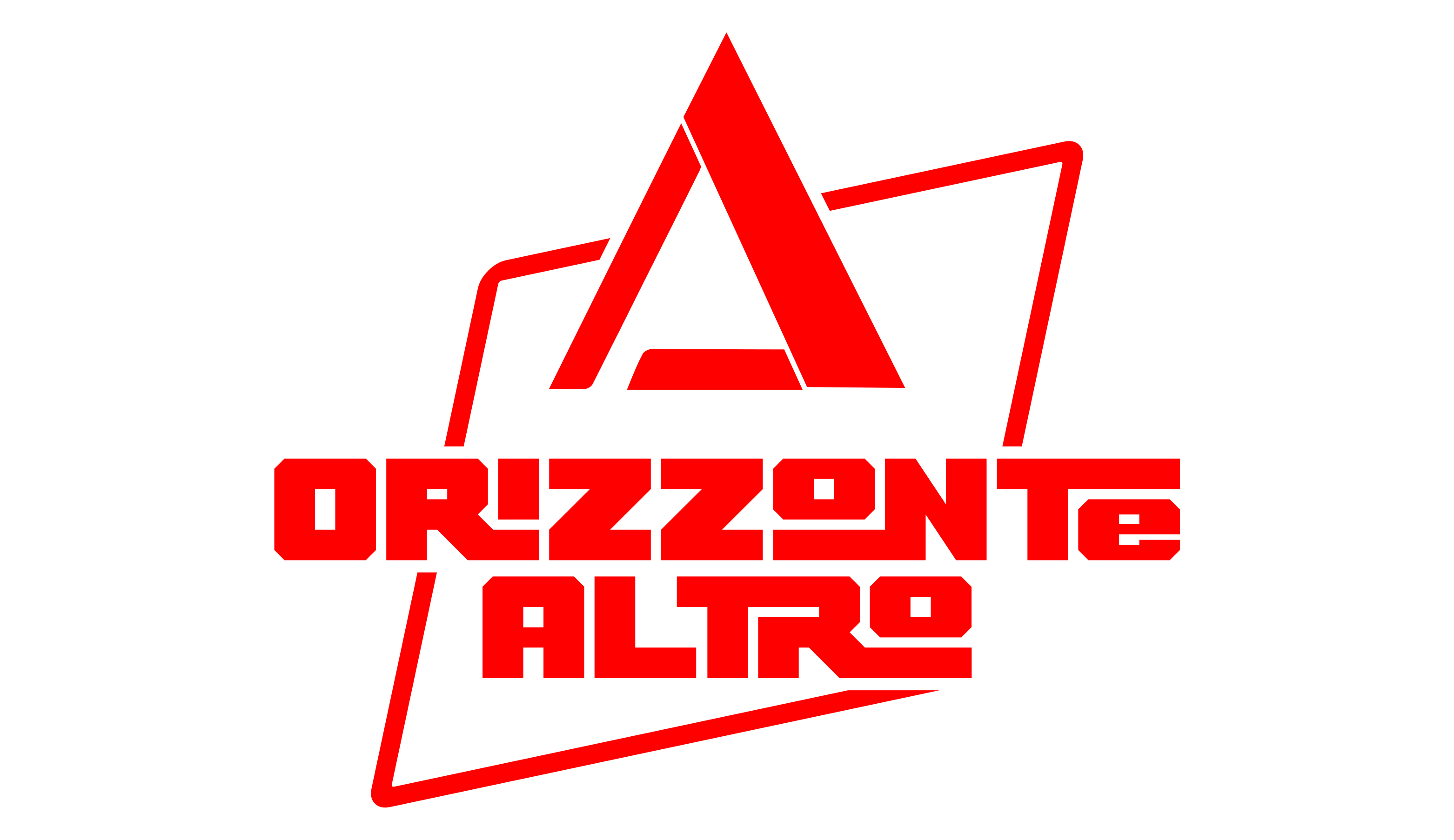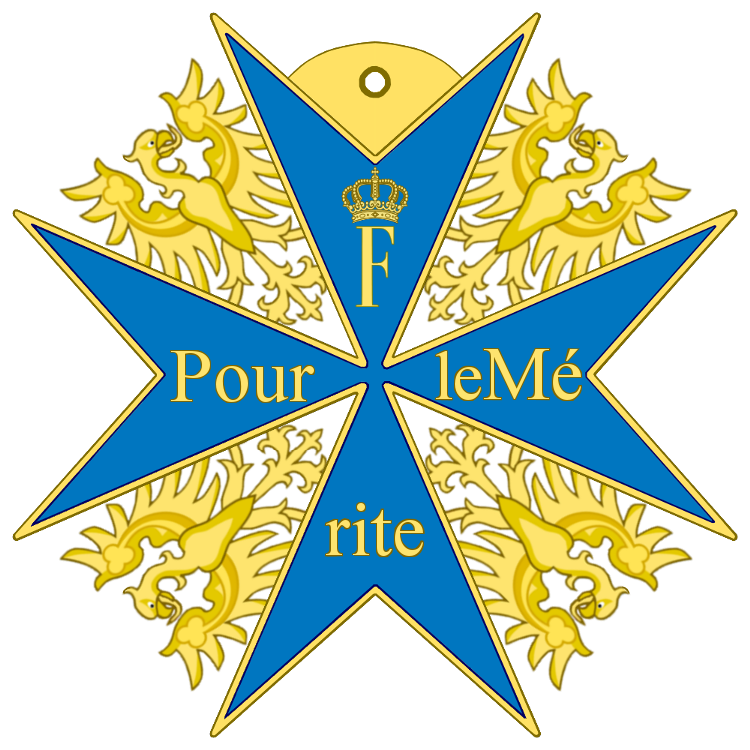Orizzonte Altro


Autori
Luca Siniscalco
Milano, 1991
Nato a Milano (1991), ha studiato filosofia presso l’Università degli Studi della sua città e alla Universität Carl von Ossietzky di Oldenburg (Germania). Si è laureato in Scienze Filosofiche con una tesi sulla rivista «Antaios» presso la Cattedra di Estetica di Milano (Unimi), con cui tuttora collabora. È Professore incaricato di Estetica presso l’Università eCampus. Insegna “Filosofia contemporanea”, “Storia e cultura dell’esoterismo”, “Letteratura e storia contemporanea” presso Unitre Milano.
Ha curato saggi di W.I. Thompson, A.J. Heschel, J. Josipovici, E. Niekisch, J. Evola e A. Dugin.
È redattore di «Antarès – Prospettive Antimoderne» (Edizioni Bietti) e collaboratore di diverse testate, fra cui «Il Giornale OFF» e «la Biblioteca di via Senato». Suoi articoli e saggi sono apparsi su riviste scientifiche e divulgative e in diverse antologie.
Collabora come editor con diverse case editrici.
Opere
Heidegger contra nihilismus
Una soluzione estetica?
InCircolo, Rivista di filosofia e culture n. 4 – Dicembre 2017
The main focus of our essay is on Martin Heidegger thoughts on art. We have concentrated our researches on The Origin of the Work of Art and on The Will to Power as Art (in Nietzsche) discovering in the aesthetic speculation of the German philosopher an elective place for a fruitful discussion of nihilism. Our research is based on the assumption that the ontological leading position of art, that has always been understood by Heidegger as the place of truth revealing, can lead to a positive oasis within the era of nihilism. In order to deeply understand this perspective, the comparison with Nietzsche and with the artistic solution against nihilism that he conceived, seemed to us an unavoidable task.
This comparison and the analysis of Heideggerian texts prove that the complex hermeneutic of the Meßkirch author identifies art as the most suitable place for the appearance of the event (Ereignis) of the truth of Being. At the same time the precautionary philosophical position of Heidegger does not allow to recognize the specific modes that make possible to overcome nihilism. The background of Heideggerian theory always requires existential openness and availability to the “piety of thinking” and to the appearance of God.
Lettura integrale ➤➤➤➤➤
Ernst Jünger: Abisso, decisione, rivoluzione
di Ernst Niekisch (Autore), Luca Siniscalco (a cura di)
Bietti, 2021
L’uscita de L’operaio di Ernst Jünger, nel 1928, fu un evento epocale. Oltre a registrare il tracollo di un mondo – quello borghese –, annunciò l’aurora di un altro, sbocciato tra le trincee della Grande Guerra e nelle fucine delle industrie, a contatto con il chirurgico fulgore degli elementi scatenati. È l’era delle “battaglie di materiali”, della “mobilitazione totale”, dell’espansione planetaria della tecnica, i cui caratteri il nazional-bolscevico Ernst Niekisch colse con raro acume e impareggiabile intransigenza. «Meglio essere un delinquente che un borghese»: in queste parole, contenute nel capolavoro jüngeriano, è contenuta l’essenza dei due testi qui raccolti. Voci dall’abisso del mondo moderno, appelli alla Rivoluzione Ultima.
Lettura integrale ➤➤➤➤➤
DissacrArte
Avanguardia e sacro nell’arte contemporanea (aa.vv., a cura di)
AA. VV., a cura di Luca Siniscalco, Bietti, 2024
Negato nel mondo moderno, il sacro riemerge nella postmodernità scegliendo come terreno d’elezione poeti, narratori e artisti. Insieme a ricognizioni di natura teorica, questo numero di «Antarès» raccoglie le loro opere e testimonianze, con l’ambizione di essere il manifesto di un nuovo modo di intendere l’arte, verticale e archetipico.
Lettura integrale ➤➤➤➤➤
Viaggio a Eranos
Il ritorno degli Dèi nel XX secolo
AA. VV.,, Bietti, 2024
Mandala alpino tracciato negli anni Trenta del Ventesimo secolo mentre una civiltà marcia compatta verso la catastrofe, nei decenni il simposio di Eranos ha aggregato studiosi di ogni latitudine e longitudine accomunati dallo sforzo di tornare all’Origine, ma solo per guardare il presente con occhi nuovi. Difficile quantificare gli intelletti che si sono succeduti tra le nebbie lacustri di Ascona, riflettendo sul Sacro in un approccio teso a sdialettizzare l’opposizione tra Oriente e Occidente, arruolando ogni disciplina immaginabile. I cinque saggi qui raccolti tornano a quell’esperienza, unica nel suo genere, evocando un luogo animico in cui non è possibile recarsi ma solo far ritorno, da cui balugina il chiarore di uno “spirito europeo”, come lo definì lo spiritus rector Carl Gustav Jung. Una luce – oggi, come allora – capace di squarciare le tenebre di un’epoca.
Lettura integrale ➤➤➤➤➤
 Argomenti
Annali Faustiani
Diurnalia
Opere
Autori
Antologia filosofica del '900
Prospettiva Russia
Rivoluzione Conservatrice
Argomenti
Annali Faustiani
Diurnalia
Opere
Autori
Antologia filosofica del '900
Prospettiva Russia
Rivoluzione Conservatrice



 Argomenti
Annali Faustiani
Diurnalia
Opere
Autori
Antologia filosofica del '900
Prospettiva Russia
Rivoluzione Conservatrice
Argomenti
Annali Faustiani
Diurnalia
Opere
Autori
Antologia filosofica del '900
Prospettiva Russia
Rivoluzione Conservatrice


